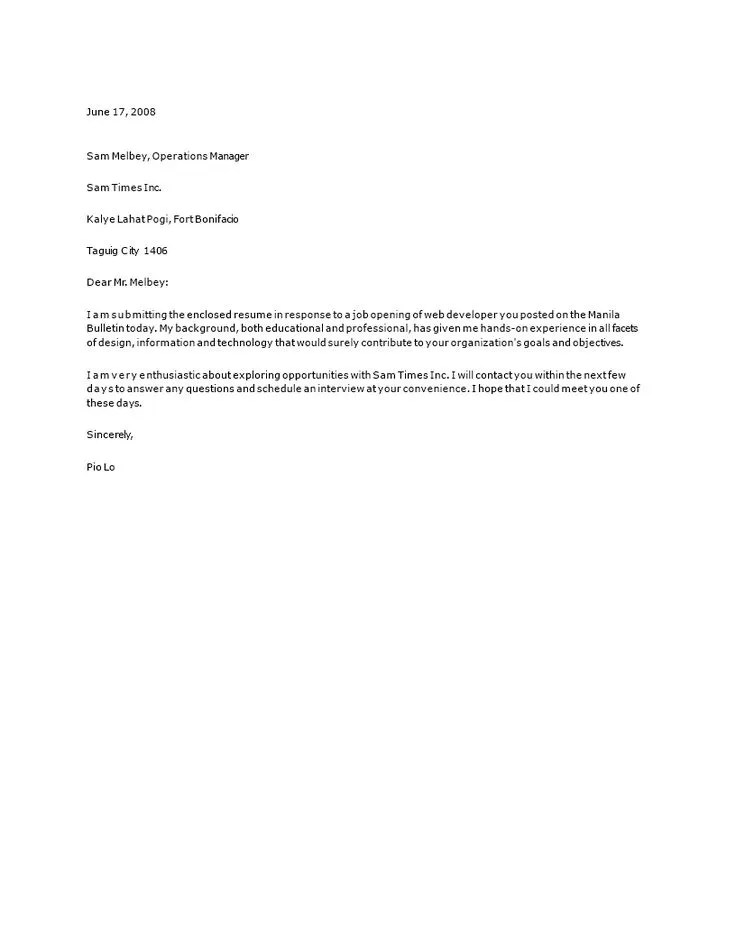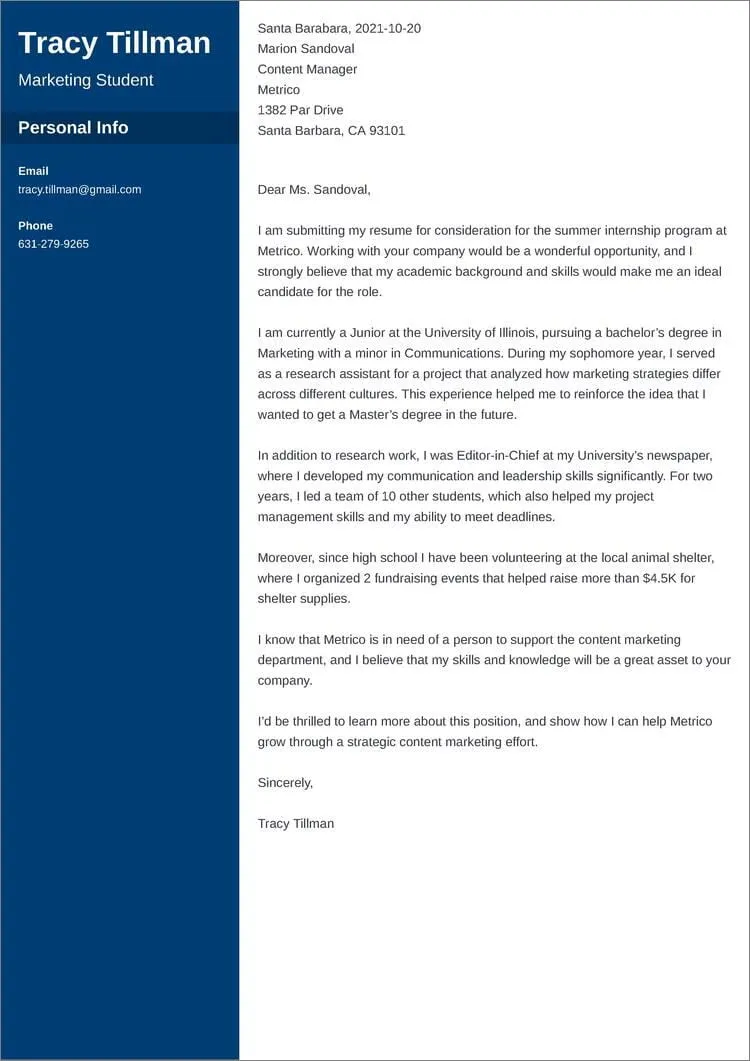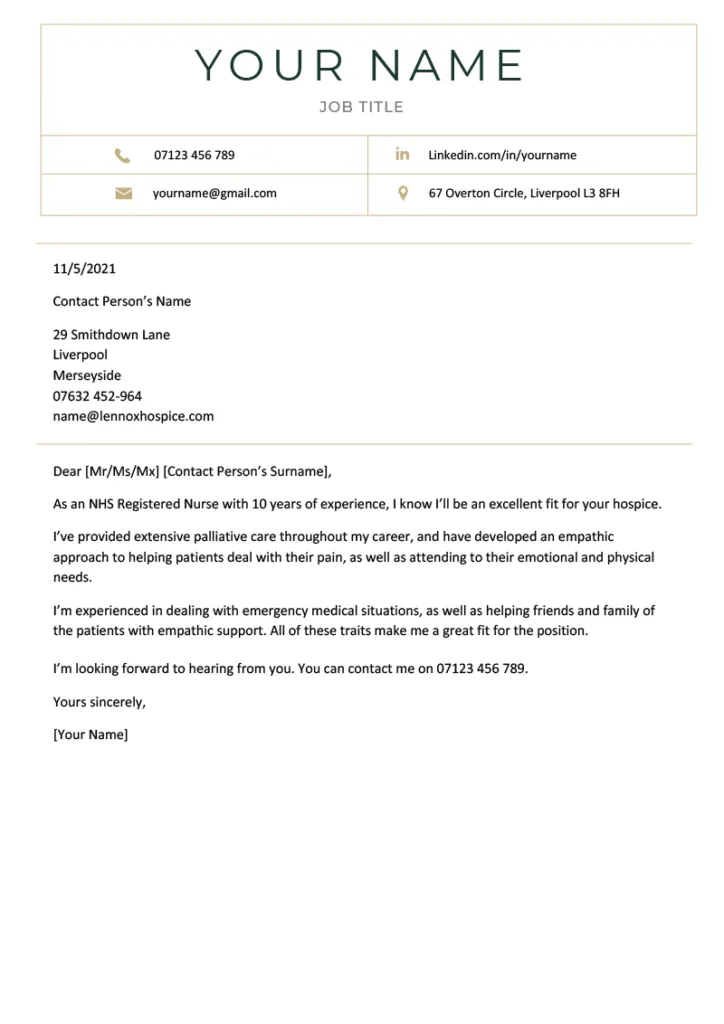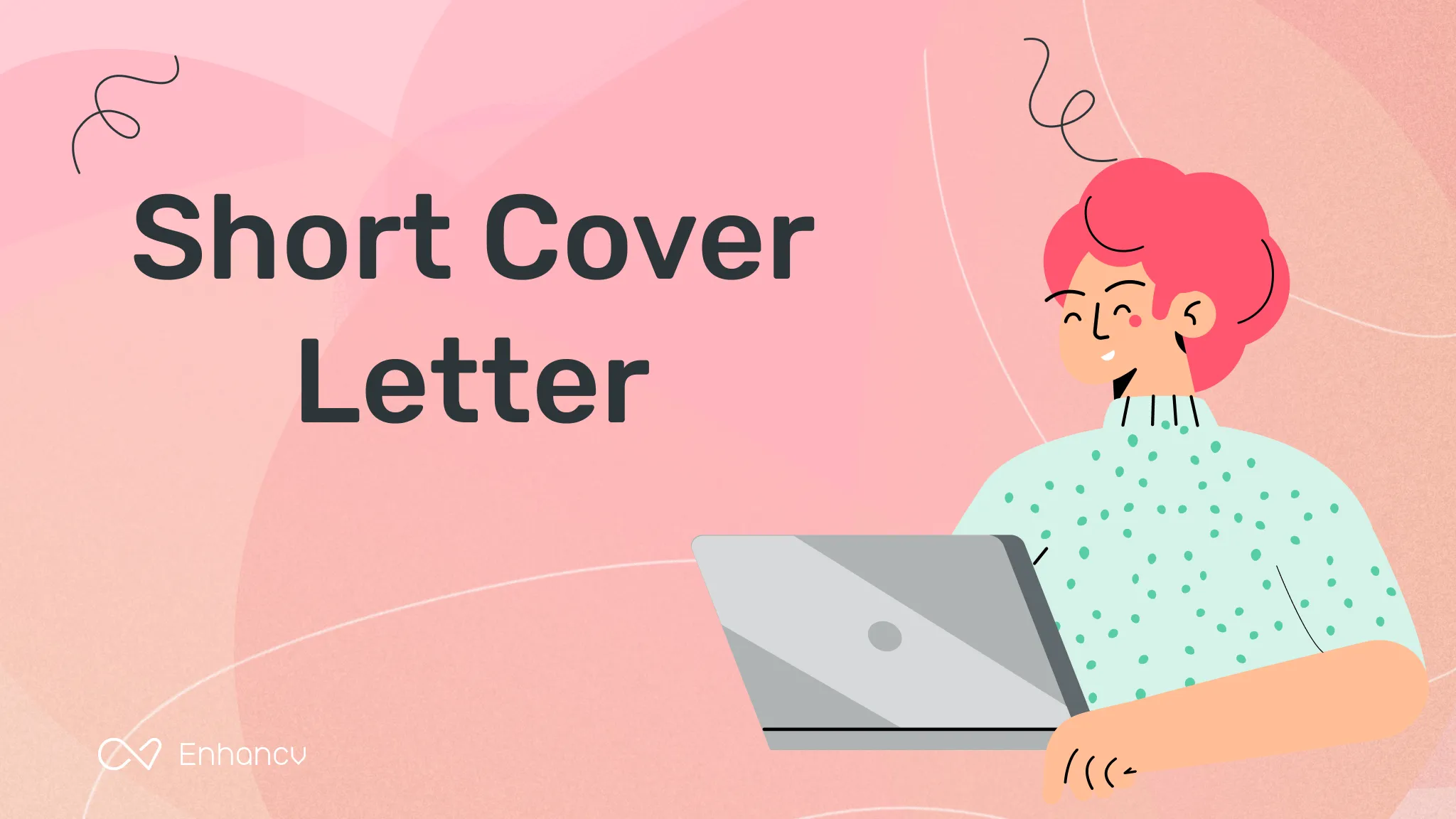Cover Letter Magic How to Write Yours
A cover letter is a powerful tool in your job search arsenal, and it’s essential for making a strong first impression. It’s your opportunity to introduce yourself, highlight your relevant skills and experience, and demonstrate your genuine interest in the position and the company. But how do you craft a cover letter that truly stands out? This guide will walk you through the magic of writing a cover letter, step-by-step, to help you land your dream job. We’ll cover everything from the basics to advanced techniques, ensuring you create a compelling document that grabs the attention of hiring managers and gets you noticed. By mastering the art of the cover letter, you can significantly increase your chances of securing an interview and ultimately, receiving a job offer.
What is a Cover Letter and Why is it Important?
A cover letter is a formal document that accompanies your resume when applying for a job. It serves as an introduction, allowing you to elaborate on your qualifications and express your enthusiasm for the specific role and company. Unlike your resume, which provides a factual overview of your experience and skills, a cover letter allows you to tell your story, connect with the hiring manager, and demonstrate why you are the perfect fit. Think of it as your personal sales pitch. It’s your chance to show your personality, highlight your key accomplishments, and explain how your skills align with the job requirements and the company’s values. In a competitive job market, a well-written cover letter can be the key to getting your resume noticed and securing an interview.
Cover Letter Structure The Key Components

A well-structured cover letter follows a specific format to ensure clarity and impact. The essential components include a header with your contact information, the date, and the recipient’s details. Next comes a professional salutation, such as ‘Dear Mr./Ms. [Last Name],’ if you know the hiring manager’s name; otherwise, use a general greeting like ‘Dear Hiring Manager.’ The body of your letter should be divided into three to four paragraphs. The opening paragraph grabs the reader’s attention and states your interest in the position. The following paragraphs highlight your relevant skills and experience, providing specific examples to support your claims. Finally, the closing paragraph restates your interest, expresses gratitude, and includes a call to action, such as requesting an interview. End with a professional closing, like ‘Sincerely’ or ‘Best regards,’ followed by your typed name.
Crafting a Compelling Opening How to Grab Attention
The opening of your cover letter is your first and often only chance to make a strong impression, so it must capture the reader’s attention immediately. Avoid generic openings like ‘I am writing to apply for…’ Instead, try a more engaging approach. You can start by mentioning where you saw the job posting and why it caught your eye. For instance, you could express your excitement about the company’s mission or a specific project. Another effective technique is to highlight a key achievement or skill directly relevant to the job requirements. Tailor your opening to the specific company and role. Show that you’ve done your research and understand their needs. The goal is to make the hiring manager want to read more, making it clear from the start that you are a serious candidate and a good fit for the role.
Highlighting Your Skills and Experience Tailoring Your Letter
In the body of your cover letter, you’ll need to provide details of your skills and experience and tailor them to the specific job description. Focus on the requirements listed in the job posting. Identify the key skills and qualifications the employer is seeking and then showcase how you meet those criteria. Don’t just list your skills. Provide specific examples of how you’ve used those skills to achieve results in previous roles. This is where you can use the STAR method (Situation, Task, Action, Result) to structure your examples, creating compelling narratives that demonstrate your capabilities. For each skill or experience point, explain the situation, the task you were assigned, the actions you took, and the results you achieved. By tailoring your letter, you show the hiring manager that you understand the role and have the skills to succeed.
Quantifying Your Achievements Use Numbers to Impress

One of the most effective ways to make your cover letter stand out is to quantify your achievements. Using numbers helps demonstrate the impact of your work and provides concrete evidence of your skills and results. Instead of saying, ‘I improved customer satisfaction,’ say, ‘I increased customer satisfaction scores by 15% within six months.’ Instead of stating ‘Managed a team,’ state ‘Managed a team of 10 employees, resulting in a 10% increase in productivity.’ Include specific numbers whenever possible: percentages, dollar amounts, or timeframes. Quantifying your achievements makes your claims more credible and provides the hiring manager with a clear understanding of your value. Be sure to include relevant metrics that highlight your contributions in your previous roles and quantify the positive outcomes you achieved.
Showcasing Your Personality Let Your Voice Shine Through
While maintaining a professional tone, your cover letter is a great place to let your personality shine through. The goal is to show the hiring manager who you are beyond your resume. Avoid sounding generic or robotic. Use a writing style that is authentic and reflects your individual voice. Demonstrate your enthusiasm for the position and the company. When possible, inject your personality into the letter without being too casual. This can be achieved by using a friendly tone, sharing your professional passions, or mentioning something you admire about the company’s culture or mission. Showing a touch of your personality makes you more relatable and memorable, increasing your chances of standing out from the competition and building a connection with the hiring manager.
Cover Letter Formatting and Design Making a Great Impression
The formatting and design of your cover letter are crucial for making a positive first impression. Choose a professional and clean font, such as Arial, Times New Roman, or Calibri. Make sure the font size is readable (typically 11 or 12 points). Use a standard one-inch margin on all sides. Ensure adequate spacing between paragraphs and sections to improve readability. Keep your letter concise, ideally no more than one page. Use bullet points or numbered lists if appropriate to highlight key achievements or skills. Proofread carefully for any grammatical errors or typos. A well-formatted and visually appealing cover letter demonstrates attention to detail and professionalism, conveying to the hiring manager that you care about your application and are meticulous.
Proofreading and Editing Ensuring Flawless Quality

Proofreading and editing your cover letter is essential to ensure that your application is free of errors. Before submitting your cover letter, read it carefully, checking for spelling, grammar, and punctuation mistakes. Consider using a spell checker and grammar checker as a starting point, but remember that these tools are not always perfect. Ask a friend, family member, or career advisor to review your letter. They can provide a fresh perspective and catch any errors you might have missed. Check the formatting and ensure that your contact information is correct. A well-written and error-free cover letter shows the hiring manager that you are professional and pay attention to detail. A polished cover letter greatly increases your chances of landing an interview.
Cover Letter Examples & Templates for Inspiration
To help you get started, it’s helpful to look at examples and templates of successful cover letters. Several resources are available online, including websites, career advice platforms, and writing guides. When reviewing examples, pay attention to how the writers tailor their letters to different roles and industries. Look for letters that use compelling openings, highlight relevant skills, and quantify achievements. Use the examples as inspiration, but do not copy them directly. Customize the templates to reflect your skills, experience, and the specific job you’re applying for. Examples and templates are valuable resources for learning the correct format and tone, but your cover letter should always be unique to you. Use the resources to build your cover letter, then tailor your letter to reflect you and the role.
Conclusion Write a Winning Cover Letter
Writing a cover letter can seem daunting, but by following these steps, you can create a document that will significantly increase your chances of getting hired. Remember to focus on the specific requirements of the job, highlight your relevant skills and experience, and quantify your achievements whenever possible. Make sure your cover letter is error-free, well-formatted, and tailored to the position and company. Let your personality shine through. By taking the time to craft a thoughtful and compelling cover letter, you’ll make a strong impression on the hiring manager and increase your chances of securing an interview. Embrace the process, be confident, and let your cover letter be a key that unlocks your career aspirations. Your dream job is within reach with a winning cover letter!
